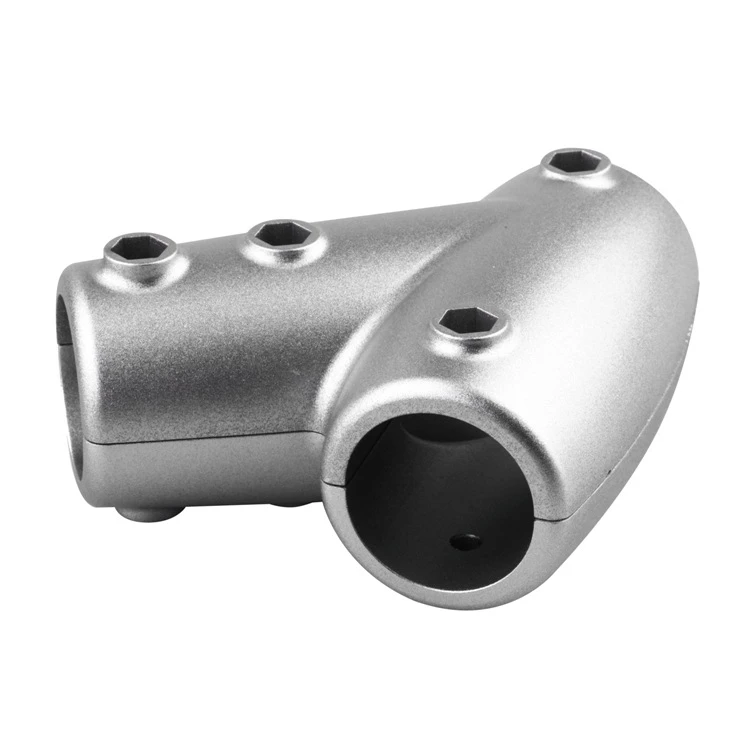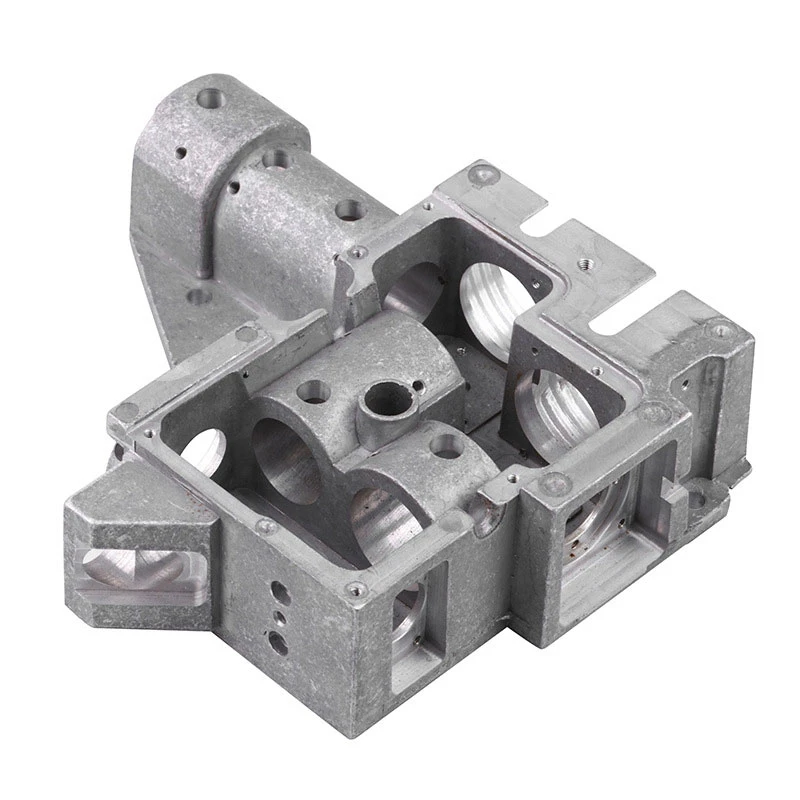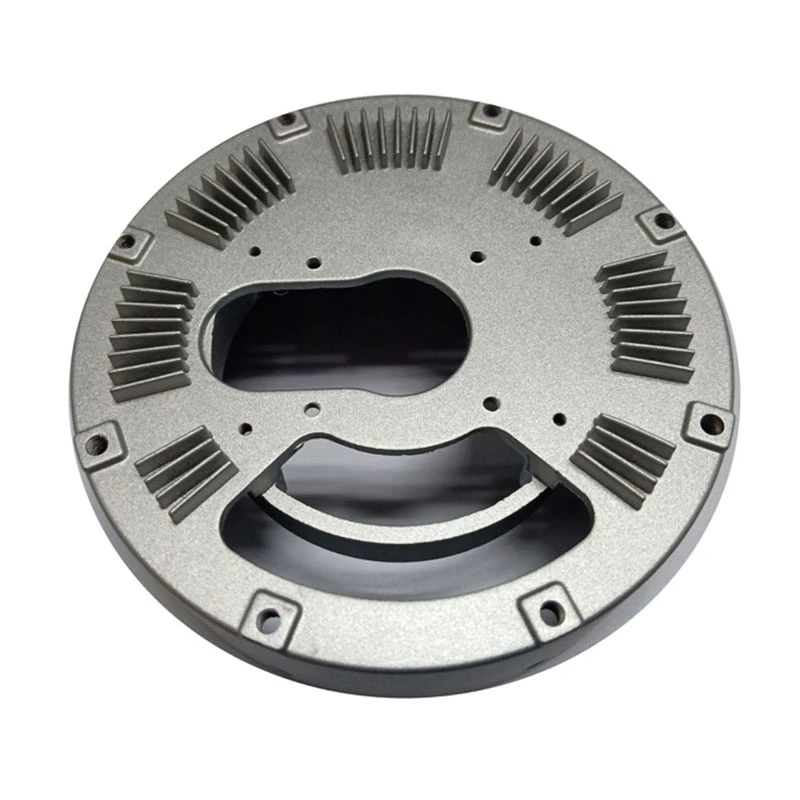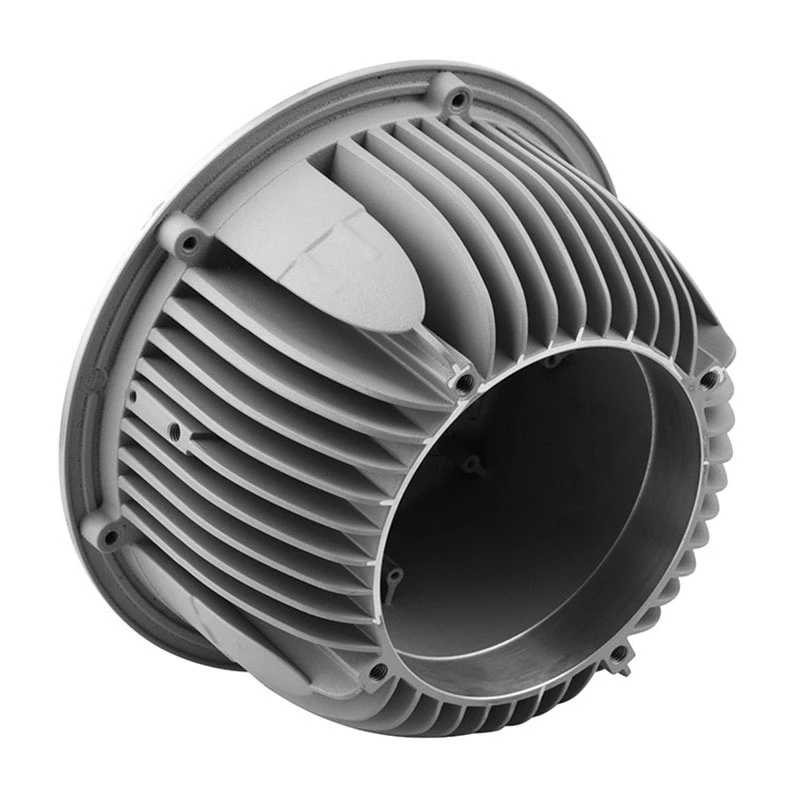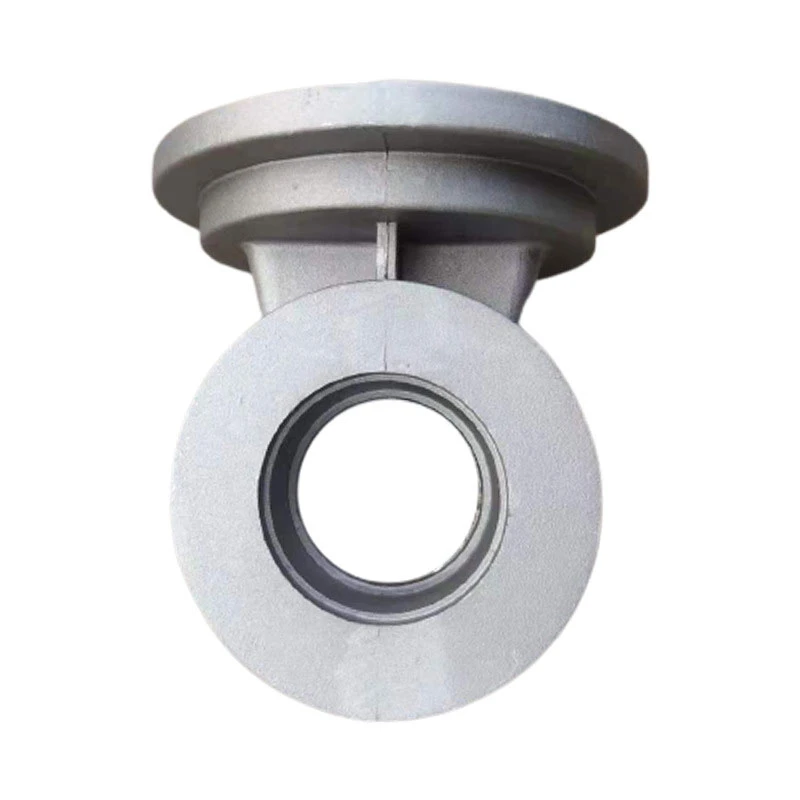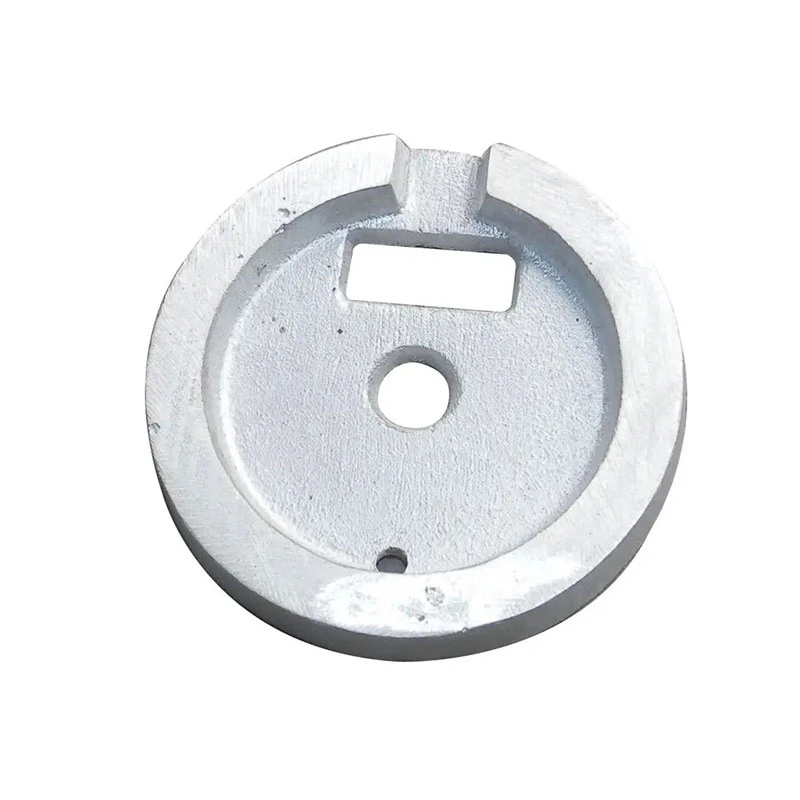High-Quality Automotive Investment Casting Services Precision & Sand Casting Solutions
- Introduction to Automotive Investment Casting
- Overview of Precision Casting and Investment Casting
- Comparing Sand Casting and Investment Casting: Key Technical Insights
- Performance Data and Technical Advantages of Automotive Investment Casting
- Supplier and Manufacturer Comparison Table
- Tailored Automotive Investment Casting Solutions for Your Needs
- Conclusion: The Role of Automotive Investment Casting in Modern Manufacturing
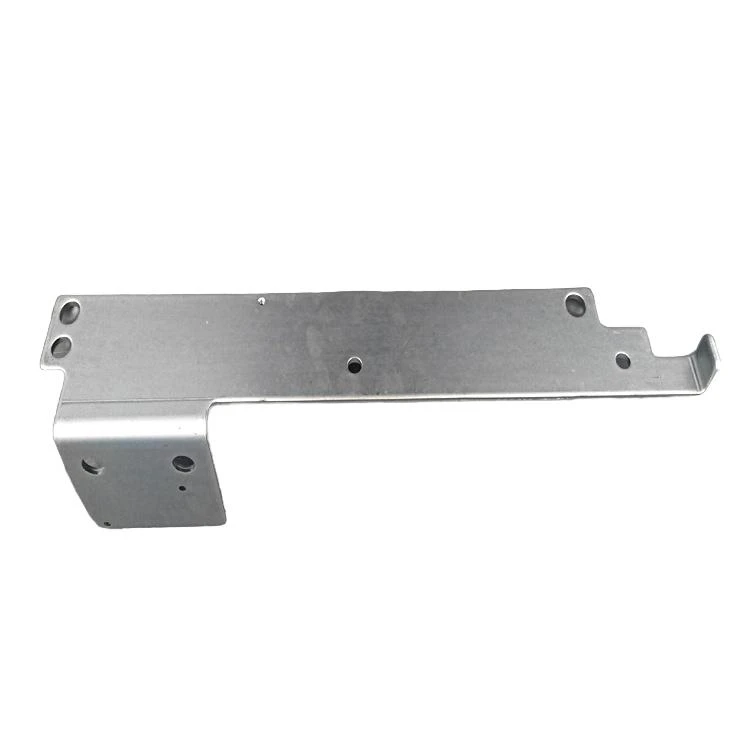
(automotive investment casting)
Introduction to Automotive Investment Casting
Automotive investment casting forms the backbone of high-precision and durable automotive components in today's competitive vehicle markets. This advanced manufacturing process yields complex shapes with excellent surface finish and tight dimensional tolerances, providing significant advantages over traditional techniques. According to the Global Investment Casting Market Report 2023, the automotive sector makes up nearly 35% of the total investment casting demand, reflecting both its versatility and growing adoption in the industry. With the increasing emphasis on lightweight vehicles, fuel efficiency, and enhanced performance, automakers are steadily pivoting towards this technique for parts such as turbocharger wheels, gearbox housings, impellers, and brackets – all benefiting from the process's geometric freedom and consistent quality.
Overview of Precision Casting and Investment Casting
To fully appreciate the nuances of automotive investment casting
, it's crucial to understand the foundation of both precision casting and investment casting techniques. Precision casting is an umbrella term that refers to casting processes capable of producing near-net-shape components, typically associated with fine surface finishes and reduced post-processing. Investment casting, also called lost-wax casting, is a precision casting method where a wax model is coated with refractory material to create a mould, which is subsequently filled with molten metal. The salient feature of investment casting is its ability to replicate intricate designs and internal features with minimal material wastage.
Historically, investment casting has allowed for tolerances of ±0.1 mm for small components and surface finishes of Ra 3.2–6.3 µm. This outperforms most conventional casting methods, including sand casting. Investment casting is especially valuable for alloys that are difficult to machine or weld, including stainless steel, nickel-based superalloys, and aluminum alloys. Its application extends beyond automotive to include aerospace, medical, and energy sectors, thanks to its reliability and efficiency.
Comparing Sand Casting and Investment Casting: Key Technical Insights
Sand casting and investment casting remain two of the most popular metal casting techniques in automotive manufacturing, yet they differ fundamentally in capabilities and costs. Sand casting, as one of the oldest and most economical methods, is adept at producing large, simple parts such as engine blocks and cylinder heads. However, it typically delivers rougher surface finishes (Ra 12.5–25 µm) and looser dimensional tolerances (±0.5 mm or more).
Investment casting, by contrast, is tailored for small to medium complex components where precision is key. Its unique wax pattern and ceramic shell process mean that undercuts, thin walls, and intricate interior passages can be produced without extra machining. This reduces downstream labor, material consumption, and overall production costs for certain applications. For example, investment-cast turbocharger components can be up to 20% lighter than their sand-cast equivalents, aiding fuel efficiency and vehicle dynamics.
The choice between sand casting and investment casting ultimately hinges on factors such as production volume, design complexity, lead time, and final application requirements. Consideration of these factors ensures manufacturers deploy the right technology for best-in-class results.
Performance Data and Technical Advantages of Automotive Investment Casting
Investment casting in automotive applications has evolved with the integration of advanced materials, process controls, and automation. Its primary technical strengths include the ability to create thin-walled structures (down to 1 mm), achieve near-net-shape for physically and geometrically demanding parts, and produce consistent quality over large batches.
| Property | Investment Casting | Sand Casting | Die Casting |
|---|---|---|---|
| Surface Finish (Ra, µm) | 3.2–6.3 | 12.5–25 | 1.6–6.3 |
| Minimum Wall Thickness (mm) | 1.0 | 5.0 | 2.0 |
| Dimensional Tolerance (mm) | ±0.1 | ±0.5 | ±0.1 |
| Typical Alloy Types | Steel, Aluminum, Superalloys | Iron, Aluminum, Bronze | Aluminum, Zinc, Magnesium |
| Lead Time (weeks) | 3–6 | 2–4 | 2–4 |
| Typical Applications | Turbochargers, brackets, impellers | Blocks, heads, manifolds | Housings, fittings |
From this comparison, automotive investment casting offers unmatched flexibility for complex geometries, superior finishes, and tighter tolerances, albeit at slightly longer lead times compared to sand casting. Notably, the method provides up to a 30% reduction in post-processing efforts, directly influencing total production costs and improving time to market. Additionally, the adoption of modern process controls—such as in-mold temperature monitoring or real-time X-ray testing—has bolstered reliability and defect rates, positioning this technology as a mainstay in automotive innovation.
Supplier and Manufacturer Comparison Table
Selecting the right supplier is crucial to maximizing the benefits of automotive investment casting. Below is a comparative analysis of leading global manufacturers based on annual capacity, certifications, customer industries, and value-added services. Recognizing each supplier's strengths allows automakers to make informed sourcing decisions.
| Supplier | Annual Capacity (tons) | Standard Certifications | Main Customer Industries | Value-added Services |
|---|---|---|---|---|
| CastingTech GmbH | 14,000 | IATF 16949, ISO 9001:2015 | Automotive, Aerospace | Design for Manufacturability, Prototyping |
| Shenzhen Advanced Foundry | 19,000 | ISO/TS 16949, ISO 14001 | Automotive, Rail | Rapid Tooling, On-site Audits |
| IronBridge Precision | 8,500 | IATF 16949, CE | Automotive, Energy | Machining, Finishing, Sub-assemblies |
| Midwest Cast Solutions | 10,200 | ISO 9001, ISO 45001 | Agriculture, Automotive | Testing Lab, Inventory Management |
Each supplier distinguishes itself by technical depth, service breadth, and proven history in the market. Factors like certifications, annual volume capability, and experience in serving the automotive industry should guide procurement teams when entering into new casting partnerships.
Tailored Automotive Investment Casting Solutions for Your Needs
No two manufacturers have identical requirements, which makes customization an essential facet of automotive investment casting. Specialists in this field leverage CAD/CAE-driven design reviews, digital simulations, and close collaboration with engineering teams to convert complex assembly drawings into feasible, high-quality cast parts.
Whether the requirement is for lightweight aluminum brackets, wear-resistant stainless steel turbo components, or complex hybrid assemblies integrating multiple materials, investment casting providers adapt their approach accordingly. The process may include selecting the optimal alloy composition for the intended environment, employing vacuum casting for defect-sensitive parts, or incorporating post-casting treatments like shot-peening, heat treatment, or anodizing for strengthened component properties.
One notable case involved a German OEM's need for a turbocharger wheel capable of enduring 900°C operating environments. Through digital prototyping, CFD analysis, and close process monitoring, the selected investment casting supplier achieved a 12% reduction in part weight and a 20% improvement in fatigue life, contributing to both vehicle performance and long-term durability.
Conclusion: The Role of Automotive Investment Casting in Modern Manufacturing
Automotive investment casting continues to transform modern manufacturing paradigms by offering scalability, precision, and material versatility. In industries driven by rapid product evolution and stringent performance standards, this method bridges the gap between concept innovation and commercial realization.
A mounting body of data underscores the significant improvement in cost efficiency and environmental sustainability delivered by investment casting – with lifecycle analyses showing up to 18% lower CO2 emissions compared to traditional sand casting routes for similar parts, primarily due to reduced material waste and downstream machining. As electric mobility, automated vehicles, and lightweight platforms advance, the superiority of investment casting’s technical parameters—augmented by supplier collaborations and tailored solutions—positions it as a key technology for the next generation of sustainable, high-performance vehicles.
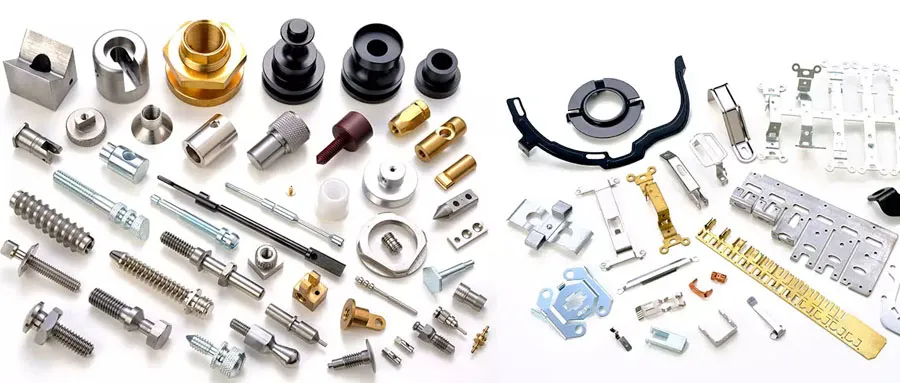
(automotive investment casting)
FAQS on automotive investment casting
Q: What is automotive investment casting?
A: Automotive investment casting is a manufacturing process used to create complex and precise metal components for vehicles. It involves creating a wax model, coating it with ceramic, and casting metal into the cavity left after melting the wax. This technique ensures high accuracy and excellent surface finish for automotive parts.Q: How does precision casting differ from investment casting?
A: Precision casting is often another term for investment casting, but can also describe any casting process producing detailed parts. Investment casting is a specific precision casting method using a wax pattern and ceramic shell. Both produce high-quality, accurate components, but investment casting is more widely referenced in the automotive industry.Q: What are the main differences between sand casting and investment casting?
A: Sand casting uses sand molds and is generally more cost-effective for larger and less complex parts. Investment casting employs ceramic molds made from wax patterns, offering higher precision and detailed shapes. Investment casting is preferred in automotive applications requiring tight tolerances and smooth finishes.Q: Why is investment casting preferred for automotive components?
A: Investment casting enables the production of complex shapes with excellent dimensional accuracy. It produces parts with superior surface finishes and reduced need for post-processing. This makes it ideal for critical automotive components where performance and quality matter.Q: Can investment casting be used for both small and large automotive parts?
A: Yes, investment casting is versatile and suitable for both small and moderately large automotive parts. It is especially effective for intricate designs and parts that require high precision. However, for very large components, other casting methods like sand casting may be more economical.-
Expert Aluminum Green Sand Castings | Quality & Cost-EffectiveNewsAug.31,2025
-
Precision OEM Housing: Custom Cast Components ExpertNewsAug.30,2025
-
OEM Sand Casting Nodular Cast Iron-Baoding Hairun Machinery And Equipment Trading Co., Ltd.|Customization&Quality AssuranceNewsAug.29,2025
-
OEM Sand Casting Nodular Cast Iron-Baoding Hairun|Precision CustomizationNewsAug.29,2025
-
High-Quality Aluminum Green Sand Castings ServicesNewsAug.29,2025
-
Custom OEM Stamping Parts | Precision Metal ManufacturerNewsAug.28,2025








